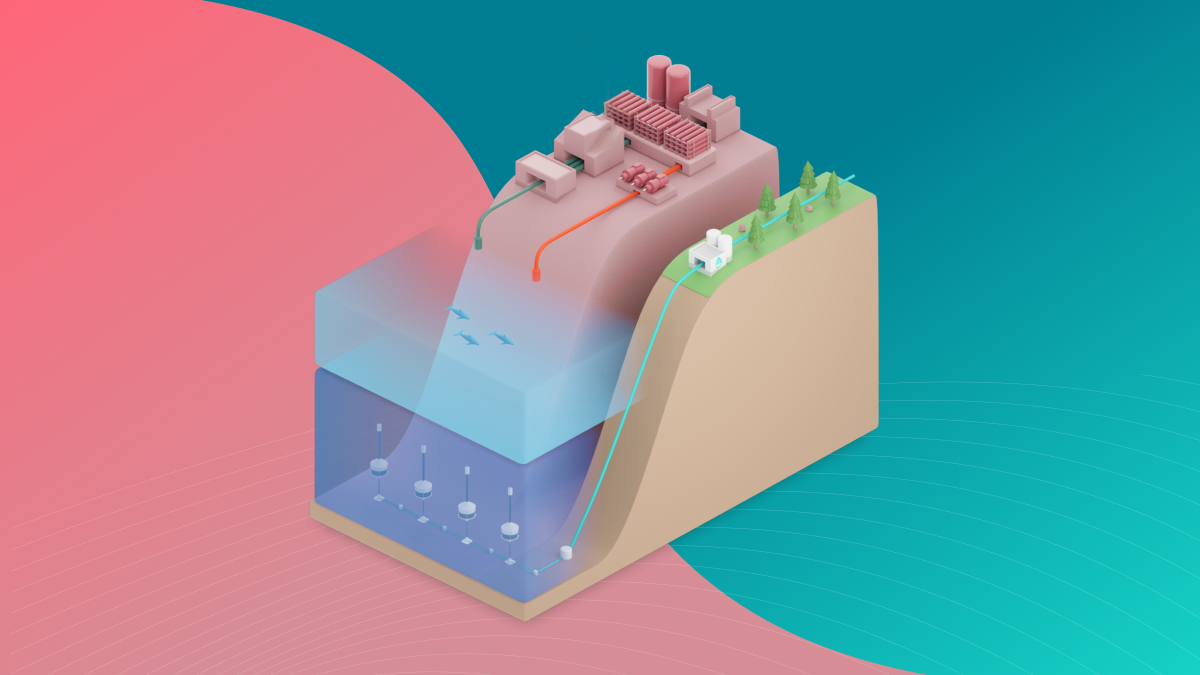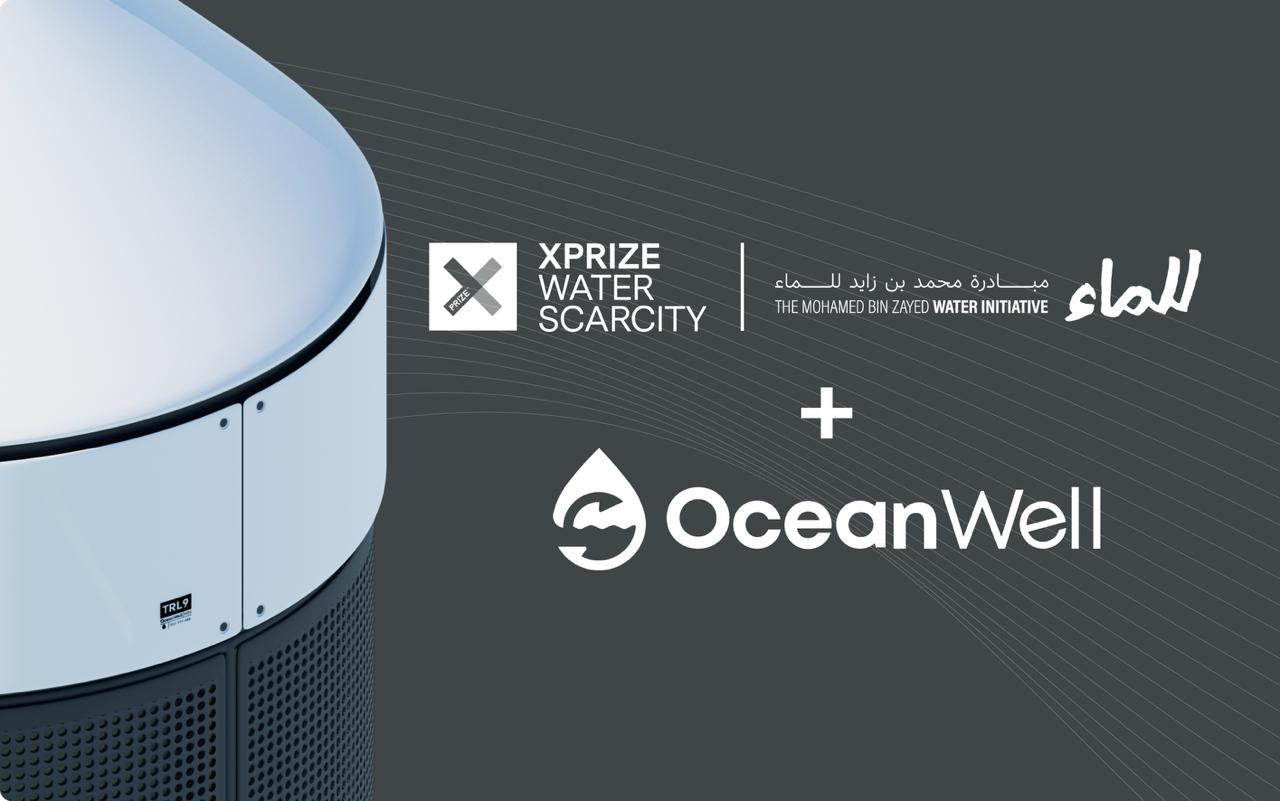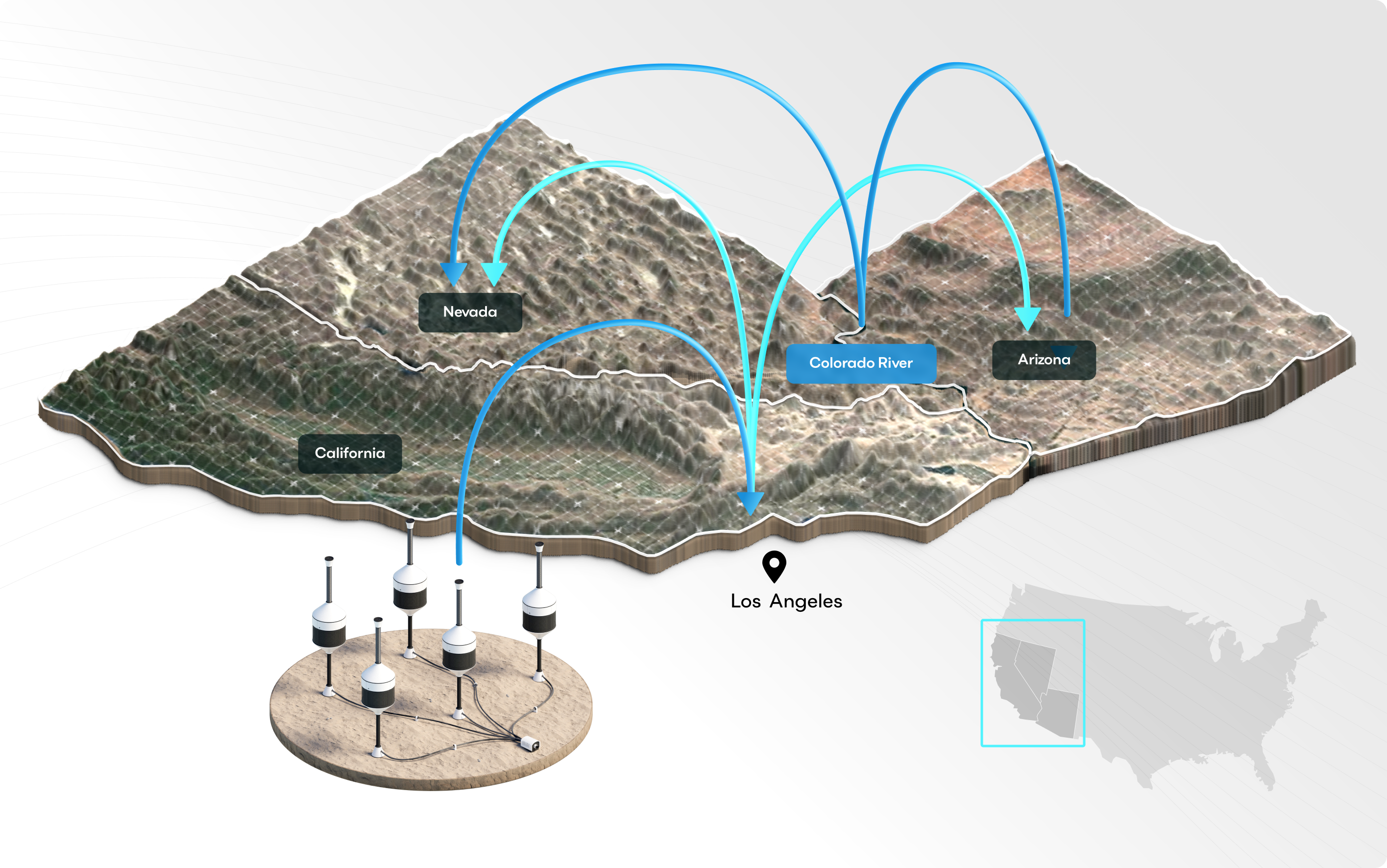As water scarcity becomes an escalating global crisis, desalination, once considered an energy-intensive last resort is being reimagined as a viable and even sustainable solution. Driven by innovation and urgent need, the desalination industry is undergoing a technological renaissance, offering new hope to arid regions, coastal communities, and water-stressed nations around the world.
Understanding the Desalination Process
Desalination is the process of removing salt and other impurities from seawater or brackish water to produce fresh, potable water. There are two primary methods: thermal distillation, which involves heating water to create steam and then condensing it; and membrane-based desalination, most commonly reverse osmosis (RO), which pushes water through semi-permeable membranes that filter out salts and contaminants. While both methods have been used for decades, traditional systems have faced criticism for their high energy consumption, operational costs, and environmental footprint, particularly the hypersaline brine discharge that can harm marine ecosystems.
Innovations Reducing Energy Use
Recent breakthroughs are changing that narrative. One of the most effective developments has been the use of energy recovery devices (ERDs) in reverse osmosis plants. These systems capture and reuse pressure energy from the brine stream, slashing energy consumption by up to 60%. Meanwhile, the integration of renewable energy sources, such as solar, wind, and even offshore wave power, is enabling desalination plants to operate more sustainably, particularly in remote or off-grid locations. Another exciting innovation is low-pressure membrane technology, which reduces the amount of force needed to push water through filters. This not only lowers electricity demands but also extends the life of the membranes themselves, reducing long-term maintenance and replacement costs. Another approach with great promise, as noted below, is using natural pressure at depth to drive the membranes’ absorption of fresh water from seawater.
Minimizing Environmental Impact
To address the issue of hypersaline brine, researchers are developing zero-liquid discharge (ZLD) systems and brine mining techniques that not only eliminate waste brine but also possibly extract valuable minerals from it. Some projects are even using brine to cultivate salt-tolerant crops or generate green hydrogen. Moreover, the increasingly careful design of intake and outfall systems, including deep ocean diffusers and subsurface intakes, helps protect marine life by minimizing ecosystem disruption. In parallel, floating offshore desalination platforms are being explored as decentralized systems that can process seawater directly at sea, minimizing coastal infrastructure and reducing the impact on shoreline habitats. These smaller facilities could play a key role in island communities and disaster relief scenarios.
Scalable Solutions for a Global Crisis
Perhaps most significantly, the latest wave of desalination innovation is focused on scalability. Modular and mobile systems allow for flexible deployment in response to urgent needs, whether it’s serving drought-stricken regions or supporting humanitarian missions. Public-private partnerships are also helping to bring down costs and expand access by financing and maintaining these sophisticated systems, especially in developing countries where water stress is most acute. The reframing of desalination, from an energy-hungry backup to a smart, sustainable tool represents a critical evolution in how we approach the global water crisis. By embracing next-generation technology, minimizing ecological impact, and pursuing scalable, and adaptive solutions, desalination is poised to become a cornerstone of water resilience for the 21st century One of the most promising innovations in this space is being led by OceanWell, a company developing subsea desalination systems designed to operate near the ocean floor. By harnessing natural hydrostatic pressure and eliminating the need for extensive onshore infrastructure, OceanWell’s modular approach reduces energy consumption, minimizes brine salinity, discharge near sensitive coastal zones, and offers a scalable solution for remote and water-stressed communities. This submerged ocean-based model exemplifies the next frontier of sustainable desalination operating in harmony with ocean ecosystems.
References
1. Elimelech, M., & Phillip, W. A. (2011). The future of seawater desalination: Energy, technology, and the environment. Science, 333(6043), 712–717. https://doi.org/10.1126/ science.1200488
2. United Nations University – Institute for Water, Environment and Health. (2019). Brine Management: Safeguarding the Environment and Livelihoods. https:// collections.unu.edu/view/UNU:6822
3. International Desalination Association (IDA). (2022). Desalination Yearbook 2022–2023. https://idadesal.org/
4. Ghaffour, N., Missimer, T. M., & Amy, G. L. (2013). Technical review and evaluation of the economics of water desalination. Desalination, 309, 197–207. https://doi.org/10.1016/ j.desal.2012.10.015
5. World Bank Group. (2021). The Role of Desalination in Addressing Water Scarcity. https://openknowledge.worldbank.org
6. National Renewable Energy Laboratory (NREL). (2020). Powering Desalination with Renewable Energy: Challenges and Opportunities. https://www.nrel.gov
7. Shaffer, D. L., Yip, N. Y., Gilron, J., & Elimelech, M. (2012). Desalination and the environment: Should brine be a resource? Environmental Science & Technology, 46(10), 6105–6110. https://doi.org/10.1021/es2043965
8. OceanWell. (2023). Ocean Desalination Technology Overview. https://oceanwellwater.com
9. National Academy of Sciences. (2008). Desalination: A National Perspective. Washington, DC: The National Academies Press. https://doi.org/10.17226/12184
10. Zaragoza, G., Ruiz-Aguirre, A., & Guillén-Burrieza, E. (2014). Efficiency in the use of solar thermal energy of small membrane desalination systems for decentralized water production. Applied Energy, 130, 491–499. https://doi.org/10.1016/ j.apenergy.2014.02.066

Related Posts
Heading












